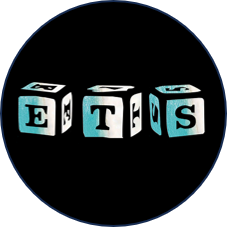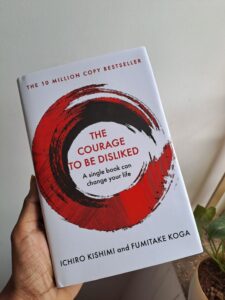The year is 2003. Nokia flip phones snap shut to the beat of Blink-182, Fast & Furious dominates box offices, and Toyota—a titan of reliability but a wallflower at the cool kids’ table—is scrambling to crack a puzzle as elusive as MySpace popularity: How do you make a Millenial fall in love with a car company? Enter Scion, a brand born from desperation, audacity, and a dash of madness—a fleeting meteor that burned bright, then crashed spectacularly.
By the late ’90s, Toyota’s reputation was as exciting as a dishwasher manual. Millennials, raised on MTV and skate culture, sneered at their parents’ Camrys. Toyota’s first stab at youth appeal, Project Genesis, was a trainwreck. They rebranded the boxy Echo and the aging Celica under a tone-deaf website—“Is This A Toyota?”—and learned the hard way that teens see through corporate pandering like bad CGI. But failure bred obsession. Toyota assembled a rogue team—marketing mavericks, designers with tattoos peeking under suit sleeves—and gave them a blank check and a mandate: Build a brand so cool, kids won’t even know it’s us. The result? Scion, a name meaning “heir” and a vibe closer to “anarchy.” No Toyota badges. No rules. Just a promise: You’re not buying a car. You’re joining a revolution.
Scion burst onto the scene at the 2002 New York Auto Show with two vehicles that looked like they’d escaped a Jet Set Radio game: the sleek ccX (later the tC) and the bbX, a boxy hatchback resembling a toaster oven on wheels. Critics scoffed. Gen Y? They lost their minds. The xB—a $12,480 Lego brick with a heart of rebellion—became an icon. It wasn’t just a car; it was a blank canvas. Neon underglow? Check. Subwoofers that rattled license plates? Absolutely. Scion offered over 100 accessories, turning cars into DIY projects for a generation raised on customization. Dealers adopted “pure pricing” (no haggling—ever), and Toyota even partnered with Need for Speed to let gamers mod virtual Scions. The brand wasn’t selling transportation. It was selling identity. By 2006, Scion moved 173,000 units, with buyers averaging 29 years old—younger than a Prius driver’s Spotify playlist.
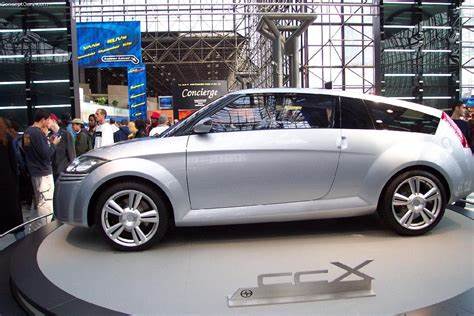
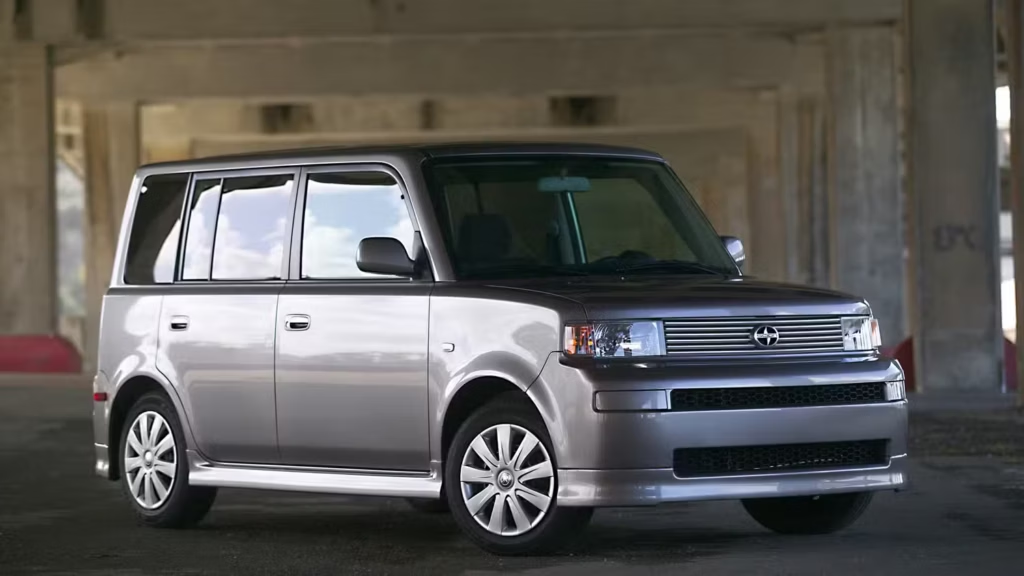
Then came 2008. The economy imploded. Gas prices spiked. Suddenly, broke millennials weren’t splurging on $1,500 spoilers. Worse? Scion’s core fanbase wasn’t who they thought. The xB’s boxy shape and easy entry? Perfect for retirees hauling grandkids. Dealerships flooded with Baby Boomers asking for beige interiors. Panicked, Scion “matured” the xB in 2008—softer edges, bloated dimensions. Fans screamed betrayal. Meanwhile, Kia’s Soul rolled in with hamster commercials and tech-savvy flair, stealing Scion’s spotlight.
Toyota threw Hail Marys: The 2012 FR-S, a rear-wheel-drive thrill machine co-built with Subaru, winked at gearheads. But at $24k, it alienated Scion’s budget loyalists. The 2011 iQ microcar? Adorable, but Americans saw a glorified golf cart. By 2015, Scion was rebadging Mazdas—a move as desperate as a middle-aged dad at a rave. The final blow? Millennials grew up. They wanted crossovers, hybrids, and touchscreens. Scion, stubbornly clinging to its 2003 playbook, had none of it. In 2016, Toyota euthanized the brand.
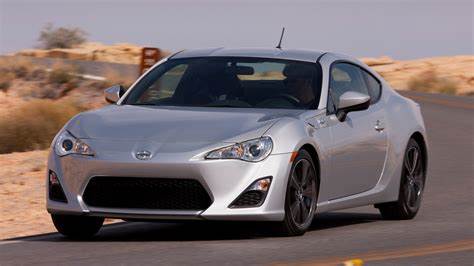

But Scion’s DNA lingers. The FR-S evolved into Toyota’s GR86, a track beast. The xB’s spirit haunts the C-HR crossover’s quirky lines. Even the Corolla now flaunts edgy styling and teen-friendly tech. As Jim Lentz, Scion’s founding VP, mused: “This isn’t a step backward… it’s a leap forward.” For a moment, Toyota made reliability radical—and proved that even giants can dance with rebels. Today, OG xBs still prowl cities, their drivers blasting Fall Out Boy, fuzzy dice swinging. Scion may be dead, but its anthem of defiance? That’s eternal.
